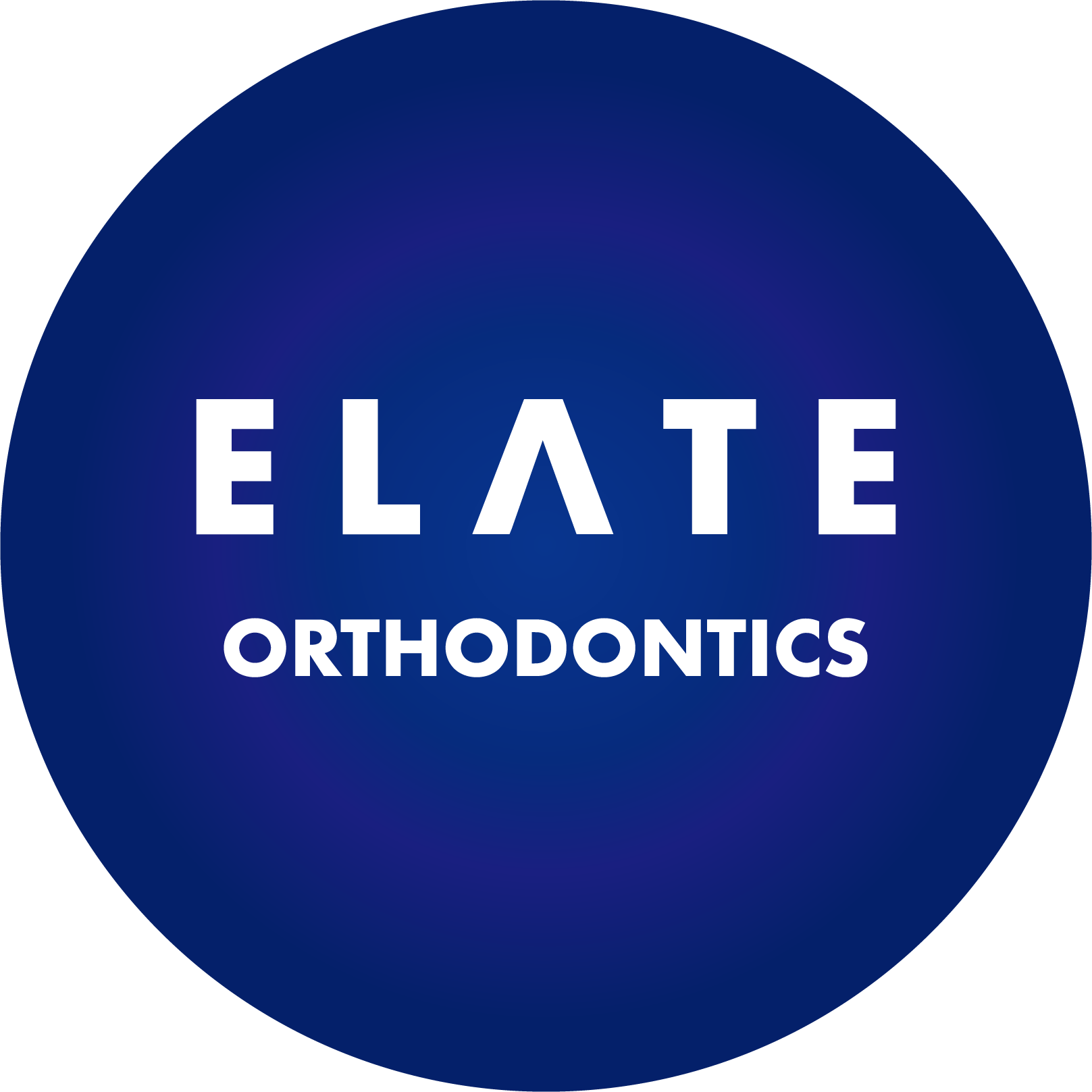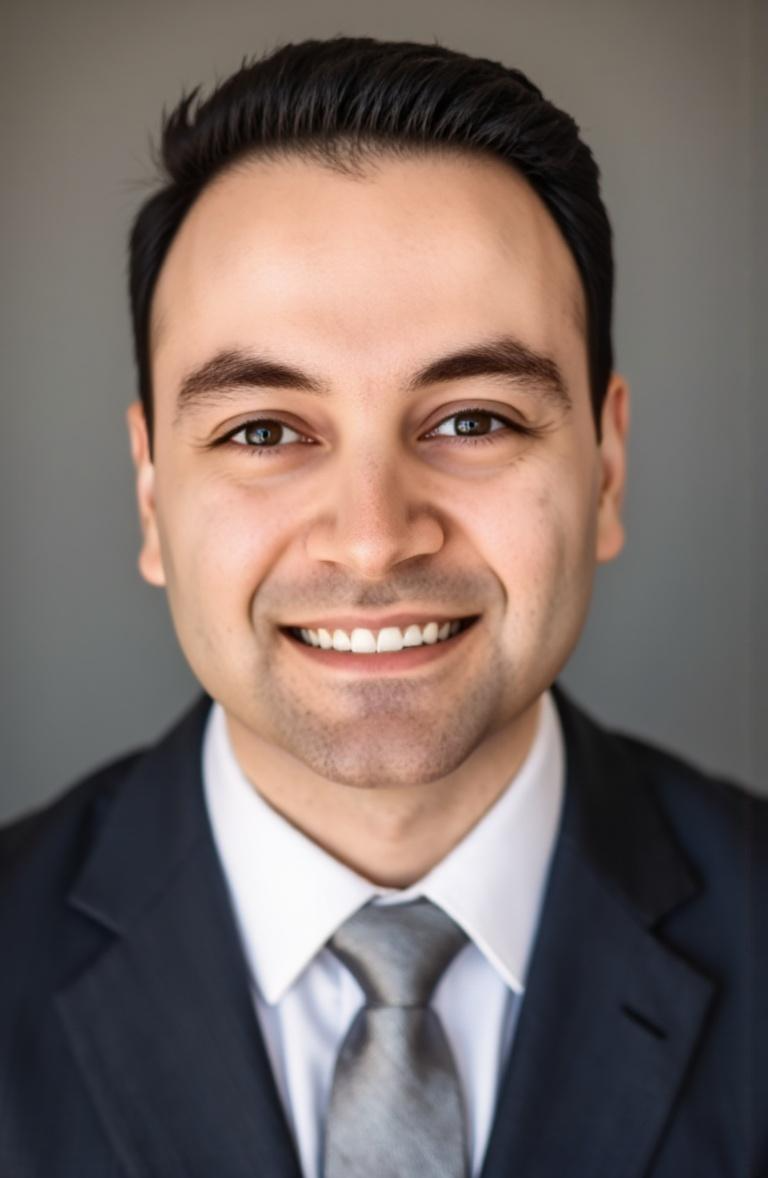
Why You Should Avoid Lingual Braces in 2025 | Frisco Orthodontist Advice

Lingual braces are orthodontic appliances placed behind the teeth instead of on the front. On paper, they sound like the perfect solution: completely hidden, effective, and long-lasting. For patients who want aesthetics but don’t want to deal with removable aligners, lingual braces seem attractive. But in reality, most orthodontists—including us here at Elate Orthodontics in Frisco—have found that lingual braces never lived up to their promise.
In this article, we’ll explain why patients should think twice about choosing lingual braces in 2025, what alternatives exist, and why even nationally, these systems have struggled to gain traction.
Why Some Patients Consider Lingual Braces
People who explore lingual braces often share a few concerns:
-
They want an invisible treatment option but don’t trust themselves to keep up with clear aligners.
-
They don’t mind some extra discomfort if it means avoiding visible brackets.
-
They’ve read about celebrities with lingual braces and assume it’s a “luxury” treatment.
It’s true—lingual braces can straighten teeth effectively. But they come with significant tradeoffs that make them far less practical compared to aligners or clear braces.
Lingual Braces Cost and Accessibility
One of the biggest drawbacks is lingual braces pricing. In 2025, the cost of lingual braces averages $8,000–$12,000, which is higher than Invisalign, Angel Aligners, or even ceramic braces.
-
Lingual braces cost vs Invisalign: Aligners are almost always less expensive, with easier financing.
-
Lingual braces insurance coverage: Most plans only cover a fraction, leaving families with hefty out-of-pocket expenses.
-
Lingual braces near me searches: Many patients find there are few providers in their area, because most orthodontists no longer recommend them.
Why Orthodontists (Including Us) Don’t Recommend Lingual Braces
At Elate Orthodontics, our team has tested multiple lingual brace systems over the years. Despite their “invisible” promise, these appliances never became widely accepted in our practice—or across the industry—for a few reasons:
-
Speech Problems – Brackets press against the tongue, causing a lisp that can last months.
-
Oral Pain – Lingual braces create sores and irritation that are worse than with front-facing braces.
-
Cleaning Challenges – Brushing and flossing are almost impossible in certain types, leading to higher risks of cavities and bad breath.
-
Limited Providers – Very few orthodontists offer them, especially in community-based practices.
-
Patient Satisfaction – Most patients regret choosing lingual braces and ask to switch to aligners or clear braces.
Simply put: patients want esthetics, but comfort and convenience matter too. That’s why clear aligners have surged while lingual braces remain niche.
Lingual Braces vs Invisalign (and Angel Aligners)
Patients often ask about lingual braces vs Invisalign. While both are discreet options, the differences are huge:
| Feature | Lingual Braces | Invisalign / Angel Aligners |
|---|---|---|
| Placement | Behind teeth, against tongue | Clear trays over teeth |
| Comfort | Extra pain, tongue sores, speech issues | Smooth, removable, comfortable |
| Hygiene | Very difficult | Easy—just remove trays |
| Cost | $$$$ (highest) | $$–$$$, usually lower |
| Availability | Few orthodontists offer | Widely available, including in Frisco |
Clear aligners win in nearly every category. That’s why, in our Frisco orthodontist office, almost all patients who want a discreet option choose Invisalign or Angel Aligners.
Why Lingual Braces Keep Failing as a Business
Another reason to avoid lingual braces in 2025 is their instability in the market. Systems have repeatedly launched, attracted hype, and then disappeared. Most recently, InBrace (a popular lingual system) went out of business—leaving patients stranded mid-treatment.
For families investing thousands of dollars, this is a serious risk. If a brand disappears, patients may need to switch appliances or even restart treatment. In contrast, aligner systems like Invisalign and Angel are firmly established, giving you confidence your treatment will be supported from start to finish.
Lingual Braces vs Traditional Braces
If you’re comparing lingual braces vs traditional braces, the differences are clear:
-
Traditional braces are reliable, efficient, and much more affordable.
-
Ceramic braces blend with natural teeth for a more subtle look.
-
Lingual braces only offer “hidden placement” while adding significant pain, cost, and cleaning difficulties.
Should You Get Lingual Braces in 2025?
The honest answer: probably not. Unless you’re in a very specific situation—such as a public-facing performer who refuses aligners—there are better, more comfortable, and more affordable ways to achieve a straight smile.
Why Patients in Frisco Choose Elate Orthodontics
At Elate Orthodontics, we’ve helped thousands of children, teens, and adults find the treatment that works best for their goals and lifestyle. Instead of pushing outdated systems, we focus on modern, effective solutions:
-
Clear Aligners (Angel Aligners, Invisalign) – discreet, comfortable, and proven.
-
Clear Braces – esthetic and affordable.
-
Traditional Braces – efficient and reliable for even complex cases.
With convenient locations in Frisco, Prosper, and The Colony, our husband-and-wife team delivers personal, expert care. Patients know us not just as orthodontists, but as trusted partners in their families’ health.
FAQs About Lingual Braces
Q: Why do some people still choose lingual braces?
Usually, they want invisible treatment but don’t want the responsibility of wearing aligners. They also need to be comfortable with extra pain and speech changes.
Q: Are lingual braces more expensive than Invisalign?
Yes. Lingual braces are consistently the highest-priced option, while aligners are more affordable and widely available.
Q: Why do orthodontists rarely offer lingual braces?
They require specialized training, take longer to adjust, and leave most patients dissatisfied compared to aligners or clear braces.
Q: What happens if the company behind my lingual braces shuts down?
You may be left without replacement parts or ongoing support, as happened with InBrace. That’s a major risk families should avoid.

